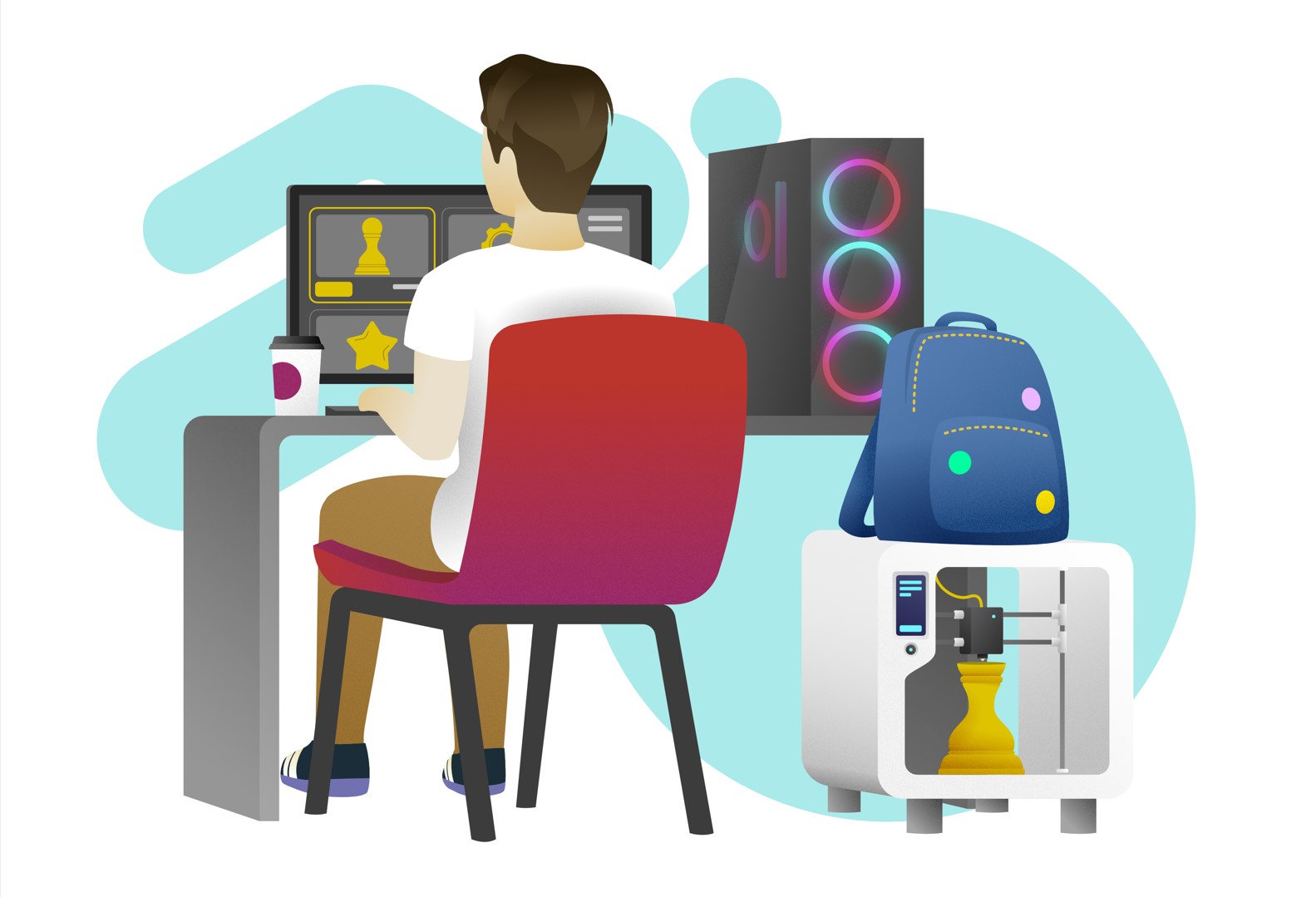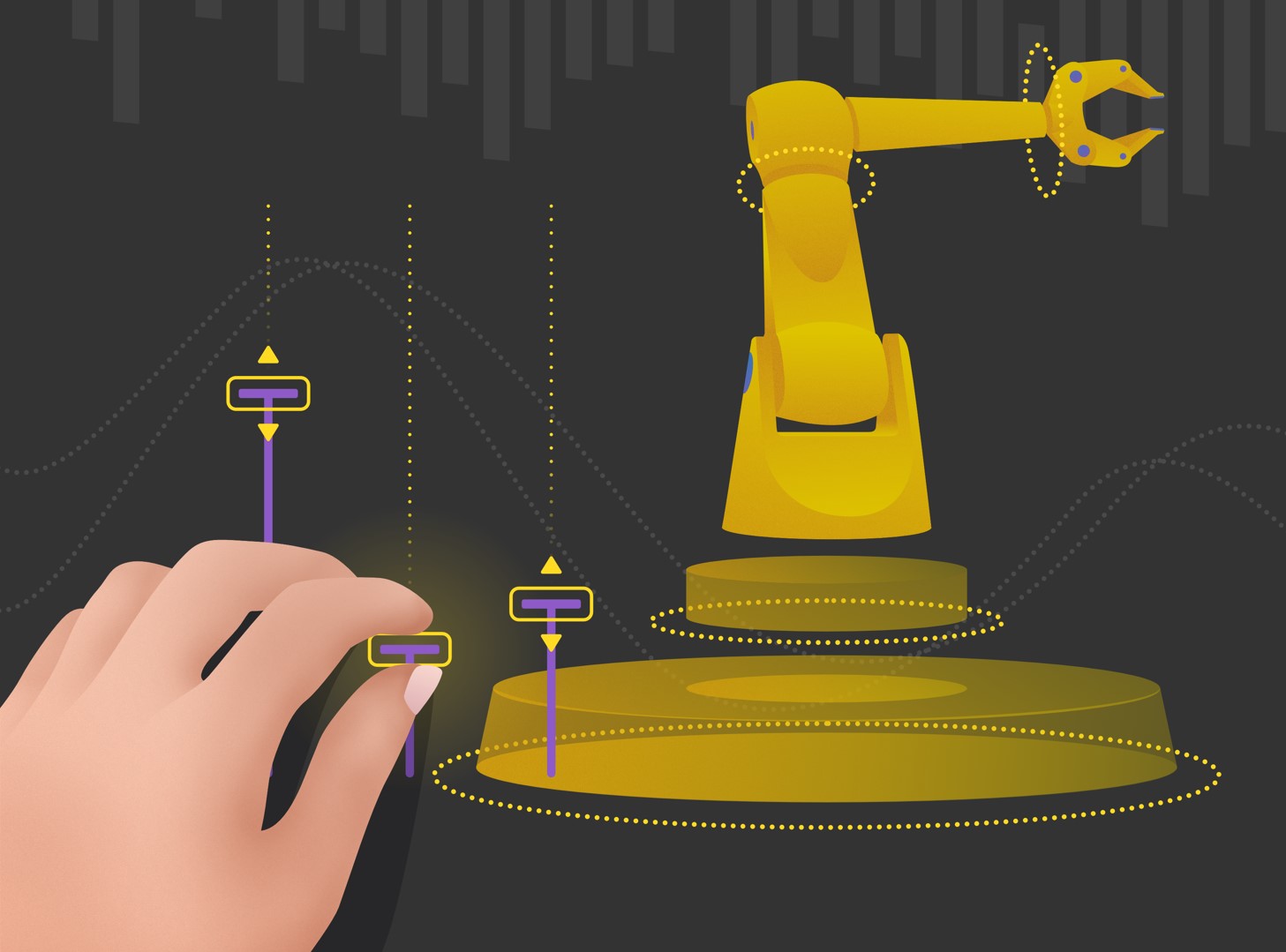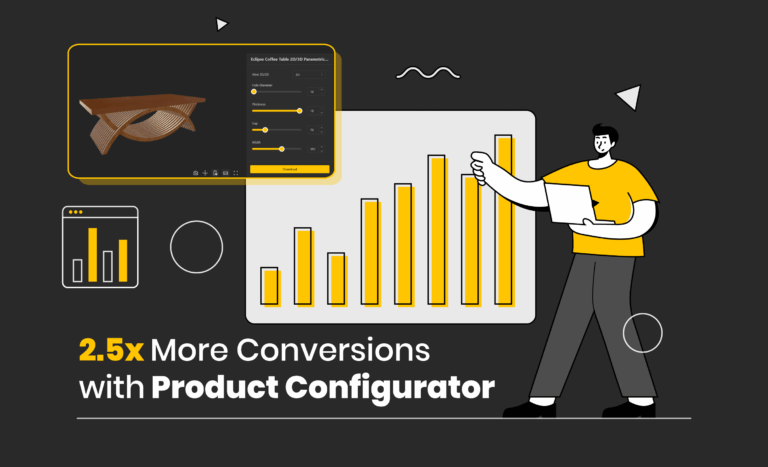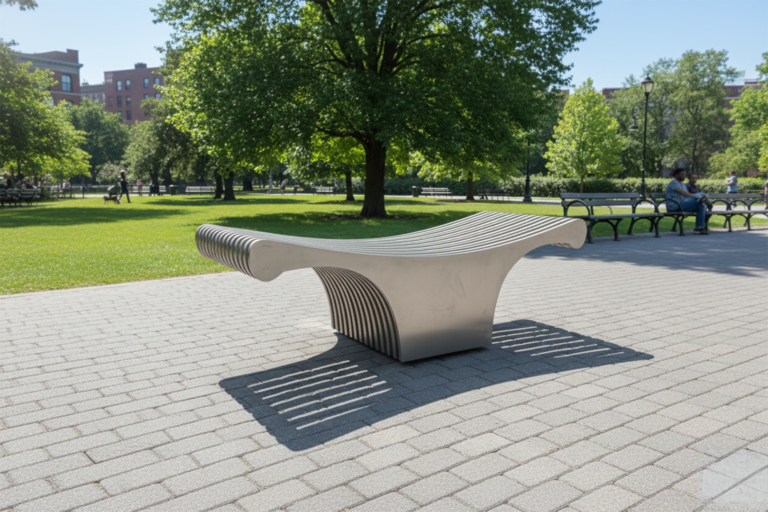Table of Contents
Along with the development of technologies, you can hear more often about personalized, advanced, smart and custom manufacturing in stories related to modern production. To many, these expressions may seem familiar by default. But what is hidden under these expressions, in technical and procedural terms? We open some brackets about custom manufacturing and present its trends and expected innovations, including from BeeGraphy.
Custom manufacturing and production trends
In the 19th century and during the industrial revolution, the first manufacturing process emerged when raw materials were turned into final goods through a specific process. However, no one back then would have imagined that 200 years later, humans would start a new process in which manufacturing could be customized per consumer request, not the needs of the masses.
At that time, such an idea would have been a good muse for an early season of the Terminator before 1984 about a manufacturer from the future sent back in time to destroy the industrial revolution or something. Anyway, enough with Hollywood science fiction; let’s jump to this moment; in this article, we’ll discuss custom manufacturing from various aspects and applications.
State of custom manufacturing
Generally speaking, custom manufacturing refers to designing, engineering, and producing goods to meet customers’ unique needs, including build-to-order (BTO) parts, one-offs, short production runs, and mass customization.
A recent report by Deloitte, the international professional services network, indicated that over 50% of consumers prefer customized products and are interested in acquiring personalized or customized items. In this regard, we’re not talking about 1% or 3% but up to half of the consumers surveyed, and that’s essential to consider because it opens the doors wide for businesses, ideas, and innovations and can even stir economies if utilized correctly.
Custom manufacturing market growth
The Custom Manufacturing Market is expected to grow by a significant margin as customers increasingly enjoy having a custom brand and one that corresponds exactly to their tastes. Furthermore, custom manufacturing has a lower production cost than traditional manufacturing methods, which has caused demand for custom manufacturing and fueled the market’s growth. From 2022 to 2031, the global custom manufacturing market is expected to grow at a CAGR of 4.6%, from $858.8 billion in 2021 to $1,350.2 billion in 2031. That’s according to Allied Market Research, a British research center.
Historically, there are many examples of early attempts of custom manufacturing, such as the “custom cookie experience” offered by Oreo to allow consumers to customize their Oreo cookies. In addition, they can customize their cookies with uploaded photos or text and choose from various colors, dips, and sprinkles. As simple as the idea seems at the moment, it means the brand puts huge effort into granting consumers what they feel would be the best for them.
Maybe the most famous attempt at custom manufacturing is what Nike did with its NikeiD approach, allowing clients to personalize their shoes with different colors, patterns, and laces. In addition to providing sportswear and apparel online, the website has expanded to offer physical stores with designers who can help customers personalize their products. Customers can customize their shoes in many ways – selecting the sole color, the top, and even the laces and stitching an inspirational message on the tongue.
What kind of products are mostly customized?
Although customization was previously limited to products such as t-shirts or mobile cases, this has changed recently, with Tesla being one of the first companies to offer custom cars. Customized products are popular among customers for several reasons, including:
- A personalized product gives the consumer the feeling they are purchasing something unique
- It provides a sense of exclusivity for their product
- The personalization of products provides consumers with a sense of control
- A customized product increases the likelihood that customers will be happy
- A greater understanding of choice is associated with personalization, which is why consumers crave it
The most popular retail items are furniture, home decorations, and personalized accessories to meet the customer’s needs. According to the Global Customized Furniture Market Forecast issued by research by 360iResearch, an American syndicated and customized reporting agency, the market is expected to grow to USD 66.12 billion by 2027.
From my personal perspective, I find the idea of having a customized product that is unique and tailored exactly based on my needs and specifications very appealing and fosters my brand loyalty. Even when making investment decisions in the future, I would prefer a company that considers personalization in its current or future processes because the future will be sooner or later to those who personalize their production, not publicize it.
Where does the manufacturing go?
Over the past few years, mass customization has gained considerable traction, allowing manufacturers to give their products a more personalized touch. It’s crucial to understand that this does not necessarily imply that mass production has disappeared from the scene but that more customized products are needed on the market. It means that all businesses must find a way to embrace mass customization and incorporate it into their business strategies.

Due to technological advancements, materials, manufacturing methods, and production systems, companies can now create various customized products. By making the most effective use of this opportunity provided by advanced technologies, manufacturers as well as skilled sellers are able to deliver their products to larger audiences.
Due to technological advancements, materials, manufacturing methods, and production systems, companies can now create various customized products. Customers can request a product to be manufactured on-demand, resulting in multiple materials and processes used to produce the item.
Companies typically use CAD software to create 3D models. Many technologies are available for making these objects, including Computer Numerical Control machines, laser cutting, injection molding, and many more. A large part of this is since newer technologies allow businesses to improve their processes; these include product modeling, data management, planning systems, and 3D printing, among others.
Shortly, I believe manufacturing will head more towards customizing products as today’s technological advancements and innovations support and facilitate the production of such products. I think the demand for these customized products will continue to grow, making it more profitable than ever to engage in this part of manufacturing for big companies and start-ups.
Here, in BeeGraphy, we’ve already taken steps towards customized manufacturing by providing technology infrastructure and innovative tools for 3D artists, manufacturers, custom product buyers, and logistics companies. With its wide range of features and services, this state-of-the-art platform enables the collaboration between 3D designers and manufacturers to quickly create accurate models online and represent them to customized product buyers on the BeeGraphy marketplace.
BeeGraphy’s innovative solutions for custom manufacturing
Production optimization and operational excellence are two key players in making personalization manufacturing a reality, applicable on a large scale, and profitable for commercial and business entities. It can significantly improve manufacturing operations’ efficiency on several levels. The following benefits can be achieved if optimization is implemented correctly:
- Collaborate with creative 3D designers from all over the world
- The reduction of wasted materials
- Reduce the frequency of equipment failures
- Improve the quality and production flexibility
- Analyze and spot inefficiencies in production using cloud-based machine learning
BeeGraphy allows customers to place orders for customized products after choosing their preferred model and design. Depending on the buyer’s needs, various parameters can be changed, including the material, color, design, and other components. With the platform’s tools, manufacturers can complete their orders in the shortest possible amount of time and deliver them to their customers.

Technological development has the greatest impact on manufacturing and related industries. Personalized product manufacturing is one of the most demanded in the world today, it is already available even in the most complex productions and allows to personalize products as much as customers require. In line with global trends, BeeGraphy presents unique cloud solutions specifically for custom manufacturers and 3D modeling specialists, designed to facilitate the processes of manufacturers.
A major benefit of BeeGraphy is helping manufacturers and designers optimize their production processes in a significant way and reach a wide audience. Due to this, they can create an effective workflow, make changes quickly, and meet the needs of their customers efficiently.
The platform offers the following opportunities:
- Using BeeGraphy editor, it’s possible to create various three-dimensional parametric designs for free
- We are creating a collaborative environment
- The designer can choose whether to collaborate or not and to whom they wish to share the work for editing, commenting, and viewing
- Offering parametric models to users
- Cloud-based technologies enable unlimited storage of models
- Purchasing and adding models to a product line
In order to optimize production, manufacturers must be aware of all the plans being made, which can be accomplished with the assistance of advanced software, such as BeeGraphy’s. Optimizing production enables businesses to continue to produce high-quality products at optimal times, in line with the market’s demands.
Summary
A fundamental shift has occurred from traditional manufacturing to custom manufacturing over the past few decades. The reason for this is obvious, and it has many advantages, which have caused many manufacturers to build to order rather than to stock.
Furthermore, technological advancements such as 3D printing have lowered barriers to entry, enabling smaller local manufacturers to become more competitive. Future factories will not use assembly lines as they will be equipped with smart, automated assembly workstations allowing maximum production flexibility.










